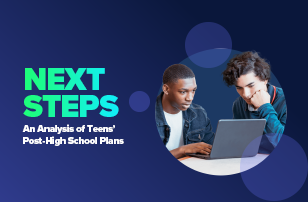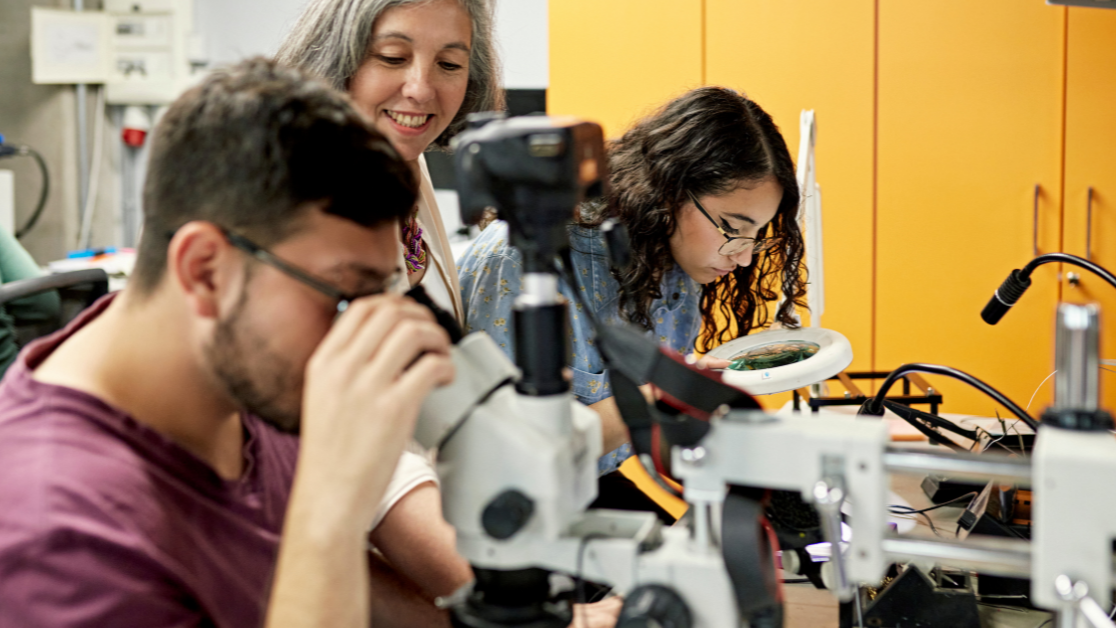During this year’s ASU+GSV Summit in San Diego, ASA’s SVP of Advocacy and Corporate Social Responsibility, Julie Lammers, moderated an insightful panel discussion on the condition of career readiness, whether we are properly preparing students for the future, and if not, how we can fill the gaps.
The first of its kind, the Coalition for Career Development Center (CCDC)’s Condition of Career Readiness in the U.S. report was officially released on May 17. Combining federal, state, and national agency data sources, the report identifies practices that increase the ROI for investing in career services.
Panelists included Scott V. Solberg, Vice President of Research, Coalition for Career Development (CCDC); Jane Swift, Former Massachusetts Governor and President and Executive Director, LearnLaunch, and Lydia M. Logan, Vice President, Global Education and Workforce Development, IBM Corporate Social Responsibility.
Below are the key takeaways from the discussion.
The state of career readiness: The condition of career readiness report, which has been officially released by the CCDC, sets a benchmark for how a variety of systems are working to set students up for success, and it shows that there are no states that are hitting this out of the park. Most states have not really established the critical components to ensure that kids are career ready. However, there are encouraging signs of progress, including the fact that 10 states are offering online career information systems for all youth in their state. Additional noteworthy topline findings include the fact that only one state is retaining 80% of their part-time students at the postsecondary level, and only eight states are retaining 80% of their full-time students. In addition, five states are graduating over 60% of two-year programs, and 21 states are graduating students at the four-year level. In terms of career and technical education (CTE), according to the report, 47 states are graduating over 90% of their CTE concentrators.
Proven career readiness models: IBM is unique in its early commitments to hone in on the necessity of career development not only for its employees, but also for the communities in which they serve. For instance, the company’s P-TECH program, which was launched 10 years ago, is an early college high school model, enabling students to complete four years of high school, as well as a two-year associate degree. There are also work-based learning summer earn and learn programs, in addition to access to mentors from IBM. Moreover, there are other organizations that have sponsored P-TECH schools.
Ideas on how to track career readiness progress across the country: There’s a need for a national organizing committee that takes a look at all career readiness data across the country. Doing so would enable states to see how they’re doing, as well as the changes they need to make.
The need for an ecosystem that incorporates and supports credentials, certifications and degrees: There’s also a need for an ecosystem that supports both credentials and degrees. They should be equally weighted, interoperable, as well as portable. So, for instance, if a student is pursuing a degree, there is no reason why that learner can’t be earning some badges, credentials, micro credentials, along the way. In this way, if a student is unable to complete the degree for whatever reason, that learner is not walking out empty-handed with a lot of debt. In fact, more than 47 percent of surveyed adults did not graduate with a degree, according to a recent Lumina report.
The ideal stackable degree program should enable the learner to earn credentials that demonstrate what they’ve learned throughout the journey. In this way, the student should be able to pause at any time, secure a job and gain hands-on experience, and then continue and complete their program at a later time. There should be no reason why a degree and certifications or credentials are mutually exclusive. There needs to be a comprehensive system that supports both, as everyone needs multiple pathways to career success.Thanks for reading, and we hope you found this helpful. For more thought leadership content on career readiness learning for kids, you can subscribe to ASA’s newsletter, PivotED






